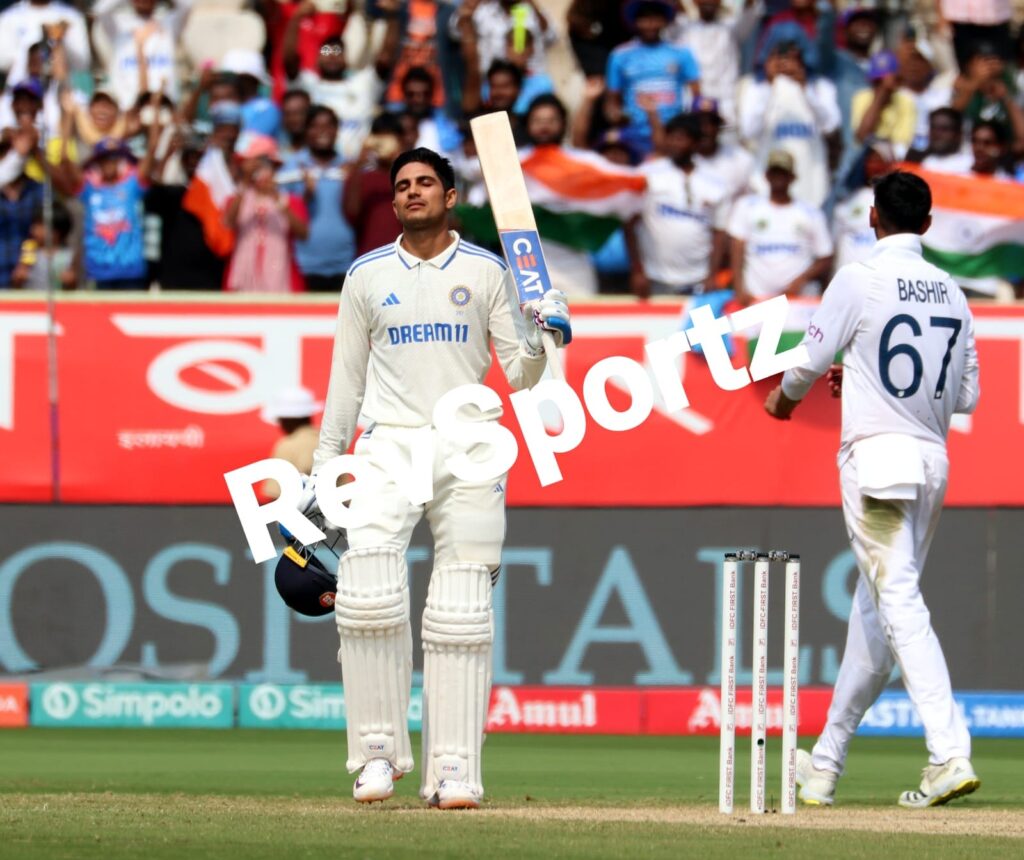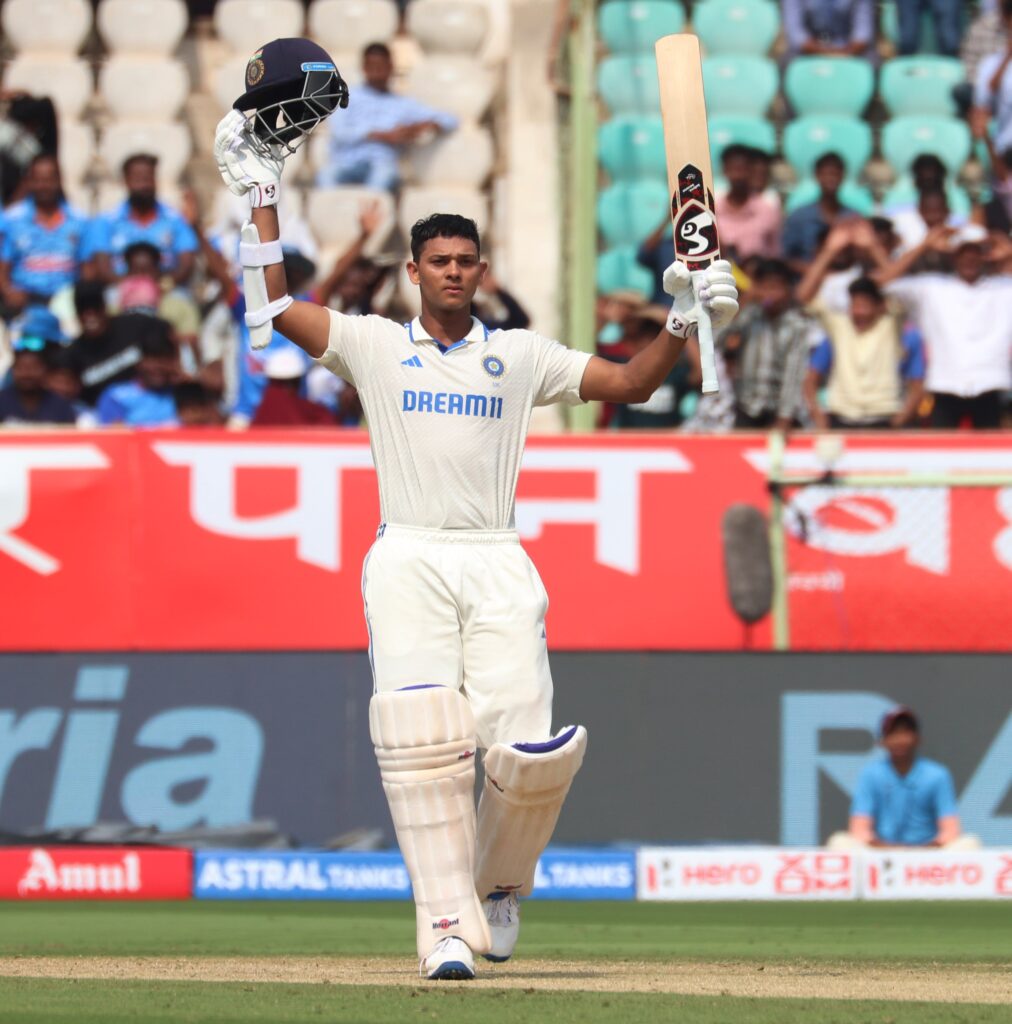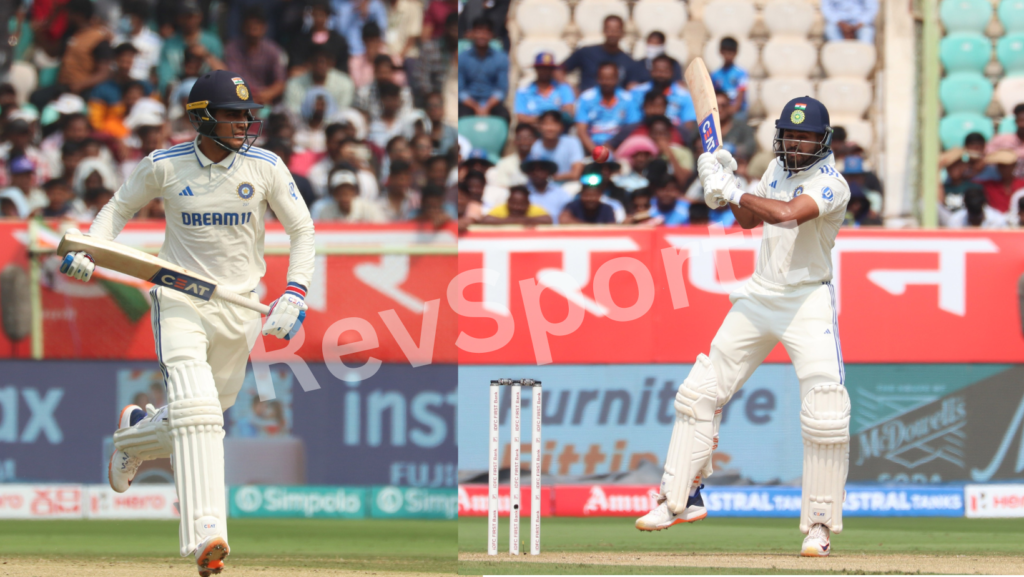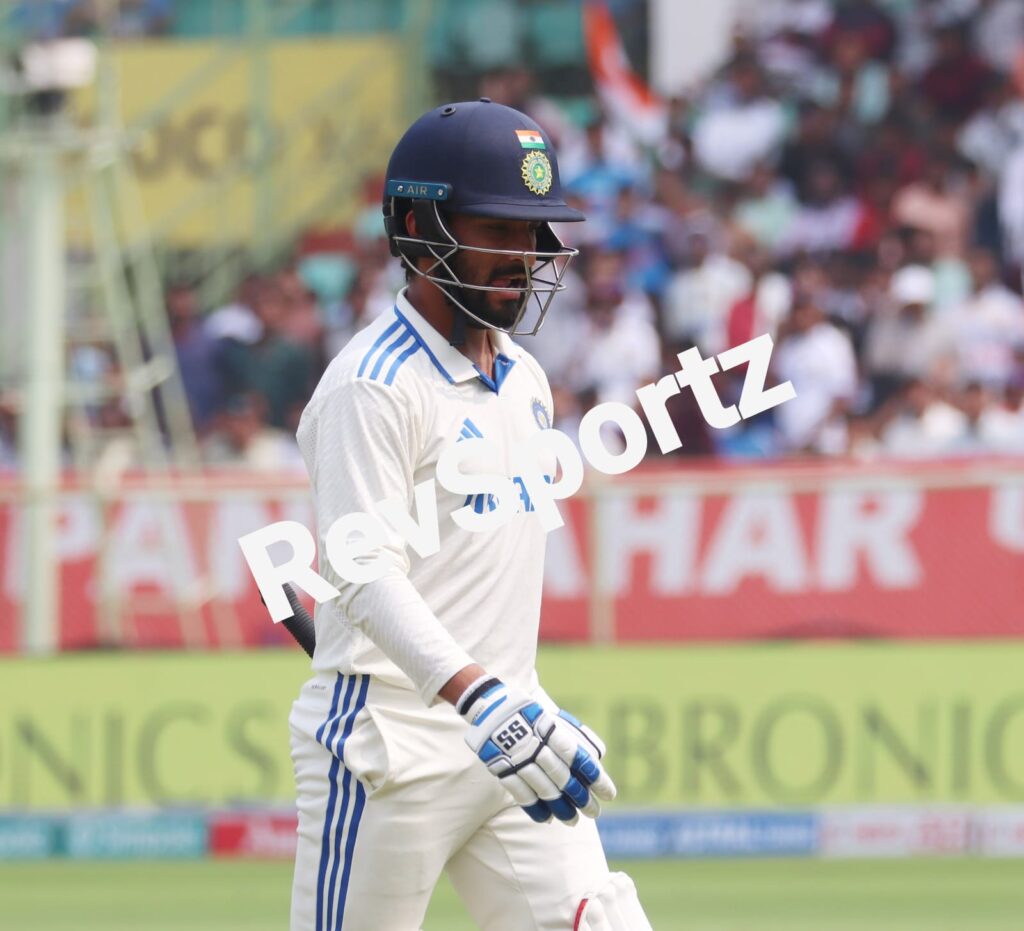
Irrespective of the outcome of the second Test against England in Visakhapatnam, the Indian team will head into the break before the third with concerns in the mind. There will be creased foreheads and some head scratching. Other than Bazball, a lot of it should concern their own batting. This is not something this team had to contend with in the recent past.
Batting in their own backyard had seldom been a problem for the Indians this millennium. They were bothered by other thoughts, like how to contain a Steve Smith or Alastair Cook, who both made multiple centuries on trips to India. They also had to think about opposition bowlers. But eventually, on most occasions, their batters came up trumps.
The reality has changed. These days, Indian batters appear unsure in conditions they grew up in. Barring the first innings of the first Test and a couple of individual efforts by Yashasvi Jaiswal and Shubman Gill in the second, they were a bundle of nerves against an inexperienced attack. Even that first-innings effort in Hyderabad could have been better had some of them not committed hara-kiri.
The jitters start from the top, where Rohit Sharma has made 24, 39, 14 and 13 so far. In fact his home numbers have fallen in the last two years. This tendency to get out after getting a start is contagious. Gill got a much-needed century in the second Test after a prolonged lean patch. Shreyas Iyer’s poor run continues. Not much can be said about Rajat Patidar, who made his debut in Visakhapatnam. The rest of the batters command zero confidence.
Even the team doesn’t seem to have faith in KS Bharat, because Axar Patel has to be promoted from No. 9 to No. 6 and bat ahead of the wicketkeeper, who is supposed to be one of the six batters the team wants to field. One of the reasons India was hugely successful with five bowlers was Rishabh Pant. Before his very unfortunate accident, Pant was a match winner in any condition and in any part of the world.

Other than the lack of runs, visible in the current crop is a lack of conviction. Despite spending some time at the wicket, they give an impression that they can get out anytime. It doesn’t always take good deliveries to send them back. They devise ways of getting out. Maybe Jaiswal is the lone exception, considering that he has converted starts so far.
Compare this with the line-up of not so long ago. Forget Virat Kohli, Cheteshwar Pujara or Ajinkya Rahane. Murali Vijay was a prolific scorer, KL Rahul used to contribute. Karun Nair made a triple century. And Pant had launched into James Anderson when England had toured last on his way to a hundred. Even Jayant Yadav made a century batting at No. 8. Runs used to come from virtually everywhere. India won Tests despite conceding 400-plus in the first innings. That happened due to the collective might of the batting unit, which dwarfed big totals.
A chain of poor shots in the first Test and getting all out for 255 from 210/4 in the second innings in Visakhapatnam bear evidence to this. But for that, England should have been chasing more than 399. In both innings in the second Test, there was a three-figure knock. Nobody else crossed 50. Despite Jaiswal’s 209, India managed 396 in the first innings. The match would have been dead and buried had they pushed the total closer to 500, which usually happens when someone hits a double.
Ironically, this is happening when Rahul Dravid is the chief coach. He should be a worried man looking at this pattern of batters failing to convert starts. There are issues to ponder in the eight-day gap between the second and third Tests.

Also Read: Shubman Gill Ready to Look Ugly Before He Found his Groove




